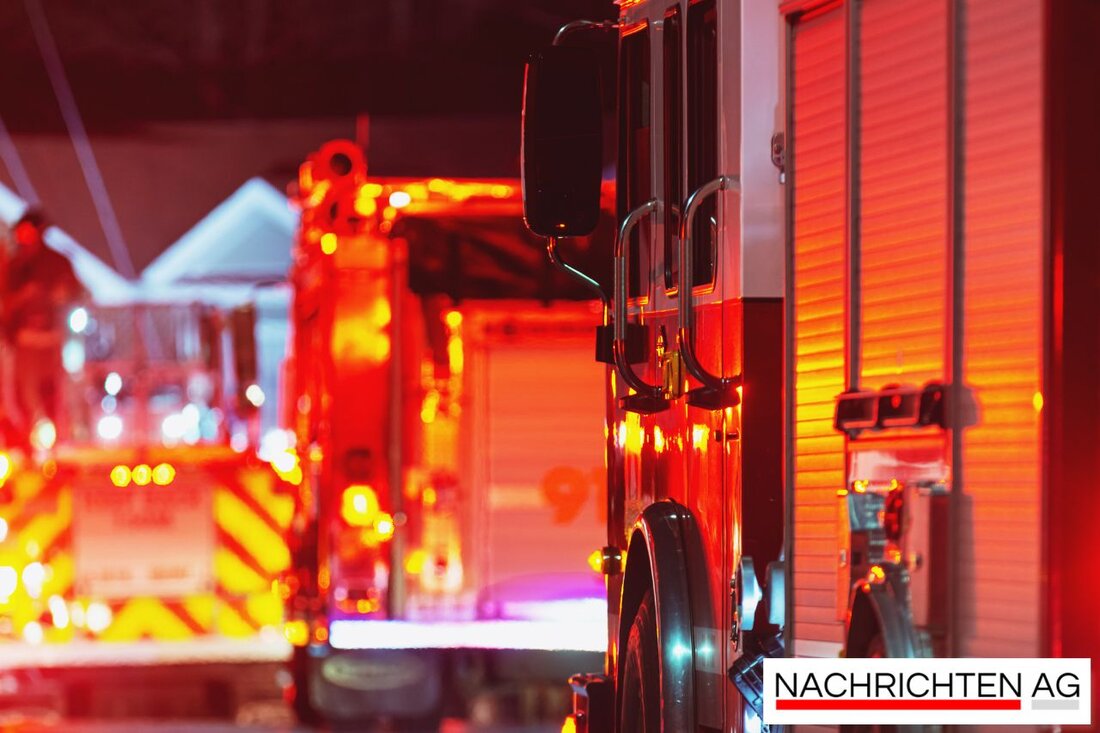Big cat causes excitement: puma or dangerous confusion?
Big cat causes excitement: puma or dangerous confusion?
In Saxony-Anhalt, a view of a large cat causes excitement and creates split opinions in the region. Especially around the Geiseltalsee, where the first reports arrived on June 13, the population was alerted after a cell phone video that shows an animal on four paws. Voices in the video even suspected that it might be a puma. The police and fire brigade mobilized drones as well as a helicopter to locate the animal and check this predator alarm. Chiemgau24 reports that…
The concern of the population was further fueled by the notification of a torn calf found near the lake. The carcass is now being examined in order to shed light on possible connections to the viewed animal. PETA has also switched on into the discussion and exposes a reward of 500 euros for references to the owner of the animal. [Volksstimme reports that…] (https://www.volksstimme.de/sachsen-anhalt/raubtier-geiseltalse-sachsen-anhalt-puma-grosskatze-suche-polize-polm. 4067982)
developments in the search
After intensive search measures, the district of Saalekreis gave careful all -clear on June 18. A second, newly evaluated video shows that the animal is smaller than initially assumed, and therefore less threatening. The large -scale search has been temporarily stopped, but permanent readiness is active in order to be able to react quickly to further viewing reports. The population was still warned not to approach the animal and to avoid meadows and forests. ZDF reports that ...
An example of the confusion about wild animals in urban areas is a similar incident in Berlin two years ago when a four -legged friend, who was considered dangerous, ultimately turned out to be wild boar. Dr. Sophia Kimmig, wild animal ecologist, explains that the increase in wild animals near human settlements often leads to confusion. In times when wild animals enter cities more often, it is all the more important for people to correctly assess the respective situation and to remain calm.
The cities as a habitat for wild animals
The perception of wild animals as part of our immediate surroundings has changed significantly in recent years. Parks and green areas are increasingly offering habitats for wild animals that are looking closer to people looking for food. Changes in agriculture, such as the spread of monocultures, also help to shift wild animals. Sabine Werner, predatory nurse in the Dessau zoo, also emphasizes that developed predators would generally not be openly shown.
In the middle of this discussion, the question arises as to how we, as a society, want to deal with the increase in wild animals. The initiative of the animal welfare organization four paws, which requires a stricter regulation of the attitude of potentially dangerous animals, is of relevance. The incident around the big cat shows how important it is to take possible dangers seriously and at the same time to clarify the correct handling in dealing with wild animals.
| Details | |
|---|---|
| Ort | Geiseltalsee, Sachsen-Anhalt, Deutschland |
| Quellen | |


Kommentare (0)